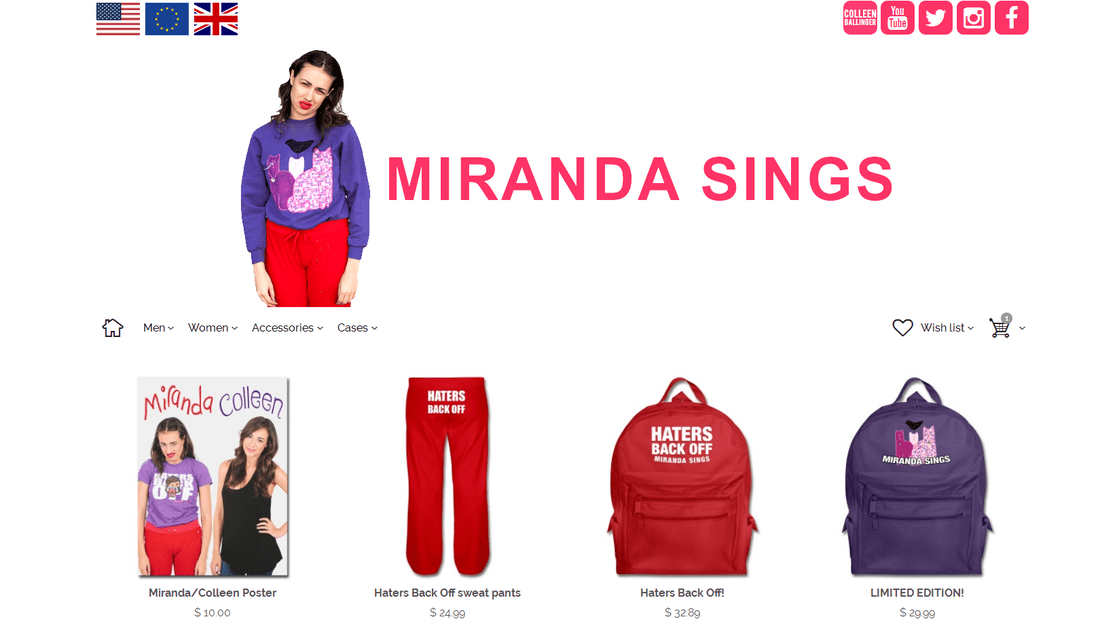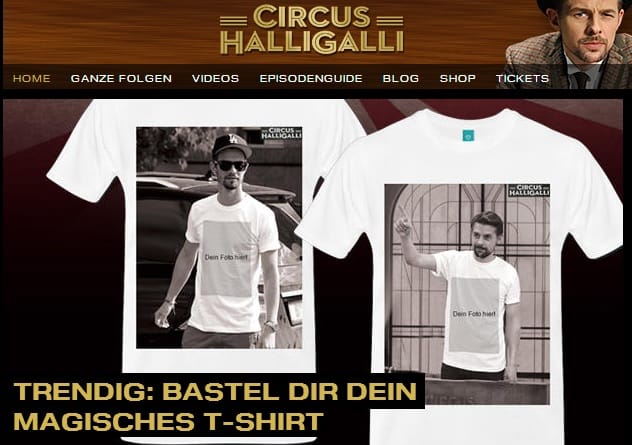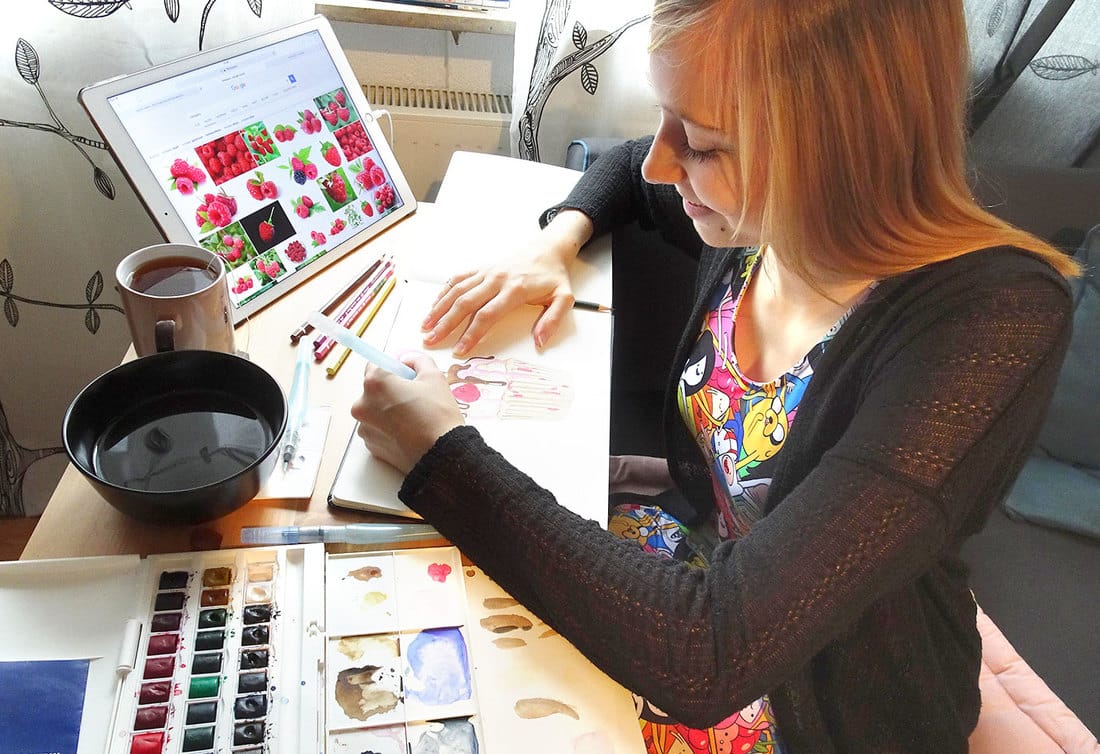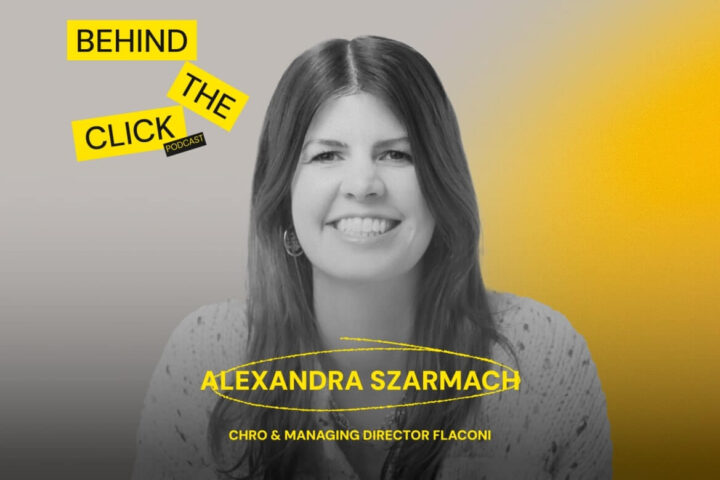“Starting in other countries is easy”, says Hugo Smoter from Spreadshirt
Written by
Editorial TeamPublished on

“But it is hard to grow and sustain success on a long-term basis”, he adds. In this interview, Hugo Smoter, the Chief Commercial Officer of Spreadshirt, explains how the company built its success by being positively disruptive – and how it hit the global revenue of nearly 85M€ in 2015 by selling and sharing ideas. If you want to know how they became international and survived, read this text and go to Hugo Smoter’s talk at the E-commerce Berlin 2017 in February. You too will learn how to survive.
Paulina, E-commerce Berlin: How was the idea for Spreadshirt born?
Hugo Smoter, Spreadshirt: We are a global e-commerce platform for sharing ideas on something tangible. The idea for Spreadshirt was born nearly 15 years ago in Leipzig, Germany. Lukasz Gadowski, an MBA student at HHL Leipzig, had the innovative idea and developed the first prototype in 2001. His start up concept was to create an online shop system to sell and share ideas. By January 2002, Spreadshirt’s 100th Shop Partner was registered and the business really gained traction.
What is the relation between designs bought and designs sold via Spreadshirt? Is the number of people selling their designs growing?
We currently have about 7 million designs for sale on the Spreadshirt platform with new designs uploaded daily by our 70,000+ partners. Our fastest growing segment is Spreadshirt’s Marketplaces because it is easy for our designers to earn money as Spreadshirt does the heavy lifting for all of their marketing and promotions (SEO, SEM, etc.). In 2016, the number of active marketplace designers on the European Spreadshirt Marketplaces increased by 18%. Our goal is to make selling as easy as possible, so we continually invest and enhance our platform for sellers. We are on a mission to enable everybody to publish everything everywhere in 60 seconds.

Spreadshirt is also a custom merchandize partner of emerging YouTube stars and a large number of really big companies and brands. Which of these partnerships have been particularly creative or inspirational? Which did you like the most?
Since I live in the US, Miranda from “Miranda Sings” comes to mind first. She is a crazy and very funny YouTube star who sells her merchandize via Spreadshirt and her fan base is super active. Miranda is a great example for a new kind of celebrity – celebrity 2.0 you could say. She became famous on YouTube, but has many channels now – even a Netflix show. She is an excellent example of how social media creates new categories of celebrities and the type of influence they have on brands and consumers.
A specific German example is the TV show CIRCUS HALLIGALLI. They are great in reacting very fast to fan feedback so their merchandize goes viral. We work very closely with them and collaborate to sell merchandize through their Spreadshirt shop that is outside of our standard Spreadshirt product range (such as books). A great success story from CIRCUS HALLIGALLI was in 2014 when they had a viral hit with a “magical T-shirt” in the first few days nearly 53,000 shop visitors uploaded more than 11,000 photos, drove 9,800 likes on Facebook, which resulted in 700 t-shirt orders from this very spontaneous and crazy TV show!
I admire many of the stars among Spreadshirt´s 70,000 active partners, but what impresses me the most is the creativity and diversity of our global partners. Hanami, current Designer of the Month, is a great example of creative and distinctive partner, she has a very cute, and girly style – with very successful designs that stand out on the Spreadshirt Marketplace.

I can imagine that, as an influencer or a big brand, it is easier to sell customized merchandize. But how about individual users? Do they also succeed selling their designs? Do you support them in any way?
We recently launched a new Partner Area and Partner App, both were designed to make selling simple, fun, fast and profitable for all our partners. Spreadshirt is always hyper focused on enhancing the partner experience; we support for example with marketing, product and design tips to help partners improve sales and offer the Spreadshirt graphics service to help create a printable template of any partners’ design ideas.
Spreadshirt seeks to grow in the in the UK and the rest of Europe. Is it a difficult market for a company like yours to develop? What are the biggest problems or challenges to overcome?
Definitely, the UK market is more difficult than other European markets. The initial start is easy in each market, but you need insider’s knowledge and the right measure of localization to be really successful and have sustainable growth. Our biggest ongoing challenge is competition from non-European competitors who don´t face the same tough regulations that European companies face such as privacy and copyright laws.

As the Chief Commercial Officer at Spreadshirt, you are responsible for the commercial strategy and for developing the commercial teams to achieve the overall corporate goals. In recognition of the fact that the company is one of the most complex online retail businesses, operates with different business models, and is available in 18 countries from the US to the UK and Austria to Australia, it sounds like a challenge! How complex is your job? What does your team look like? How do you work?
I have been with Spreadshirt for 8 years now so my long-term organizational knowledge is very important for understanding our complex business model and continuing to scale the company globally with a very heavy emphasis on expanding in the U.S. Despite my longevity with the company, I still learn something new every day and I am very excited to work with the very talented teams that are in place to implement our grand plan. I work out of the Boston headquarters and travel to Spreadshirt´s German headquarters in Leipzig regularly so that I can keep my finger on the pulse of all that is going on in both locations. I lived in Europe until I was 14 years old and moved to the U.S., so I am very comfortable in both environments.

In February 2017, you will talk to the audience of the E-commerce Berlin Expo. The topic of your talk is “Western Europe is ~18% of retail, what are you going to do about the other 82%? A survivor’s guide to the rest of the world.” Could share more details so that we all could get even more excited? The world “survivor” sounds really serious!
I will share insights about becoming truly international and my best survival tips. As previously noted: Starting in other countries is easy. First growth comes quickly and easily. But it is hard to grow and sustain success on a long-term basis. The challenges of working in a global organization are nuanced and keep me engaged. I will share great examples of the occasional cultural clash—even with a young and truly international team where everybody is a fluent English speaker. After many years in both the US and EU, I know that our workplace is not immune to cultural clash. Another challenge that I face in my role is getting the details right in cross-border commerce.
Do you think that even a small ecommerce company can go global – and survive it? Or is this incentive just a cliché?
My observation is that before jumping in solo, it is more prudent to start with existing tools, platforms and marketplaces that are already available, such as Amazon, eBay or Spreadshirt with our white-label shop system. But remain mindful that it is most crucial to have a distinct niche and always appear local and available to your customers.
As a speaker at E-commerce Berlin Expo you’re an authority to many people. What would you tell someone who’s looking to get into world of e-commerce? Do you have any golden rules or advice?
If you want to get into the e-commerce game don’t be like everybody else. Try to disrupt! By disruption, I go by the original definition in Harvard Business review (see: https://hbr.org/2015/12/what-is-disruptive-innovation). Define your niche and go after the customers that are not already targeted by main players and deliver a better experience than anybody else to keep them engaged.
This is how our enterprise began and scaled successfully for 15 years. The Spreadshirt platform was disruptive in Europe in 2002. Nobody thought that there was an audience for offering just one piece of something, as in just one t-shirt, printed on demand just for a single customer. Today we have over 70,000 partners, are active in 18 markets, available in 12 languages, and operate 5 global production sites. In 2015, Spreadshirt hit the global revenue of nearly 85M€, printed more than 3.6M items, and shipped to 180 countries.
 Hugo Smoter – Chief Commercial Officer of Spreadshirt. Dedicated marketing professional with over 11 years of experience in online and direct marketing throughout a variety of industries. Passionate about developing and launching marketing campaigns and programs that are simpler and more efficient.
Hugo Smoter – Chief Commercial Officer of Spreadshirt. Dedicated marketing professional with over 11 years of experience in online and direct marketing throughout a variety of industries. Passionate about developing and launching marketing campaigns and programs that are simpler and more efficient.


